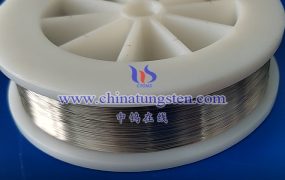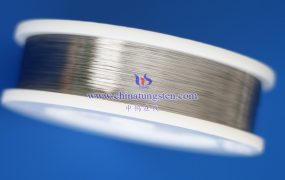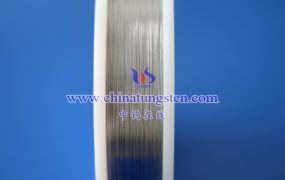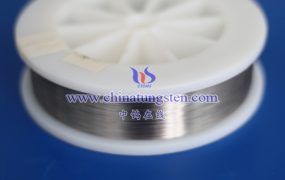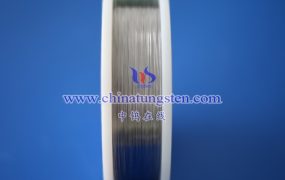Tight winding and loose winding of tungsten wire each have their own advantages and disadvantages. The following is a detailed comparison of the two winding methods:
Advantages and disadvantages of tight winding
Advantages:
High space utilization: Tight winding can maximize the use of space, so that tungsten wire can achieve a higher density in a limited volume.
Good thermal conductivity: Due to the close contact between tungsten wires, heat transfer is more rapid and uniform, which helps to improve the overall luminous efficiency and stability.
High mechanical strength: When the tightly wound tungsten wire bundle is subjected to external force, due to the interaction between the wires, the overall mechanical strength is high and it is not easy to deform or break.
Disadvantages:
Difficulty in winding: Tight winding requires high-precision equipment and processes to ensure the uniformity and tightness between tungsten wires. This increases production costs and time.
Stress concentration: Due to the close contact between the tungsten wires, stress concentration may occur in some parts, making these parts more susceptible to damage or fracture.
Limited heat dissipation performance: Although tight winding helps to improve thermal conductivity, it may also limit the dissipation of heat. In high temperature environments, this may cause the tungsten wire to overheat, affecting its service life and performance.
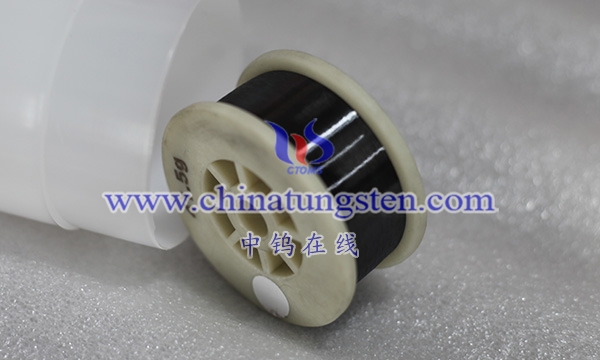
Advantages and disadvantages of loose winding
Advantages:
Simple winding: Loose winding does not require high-precision equipment and processes, and the operation is relatively simple and quick.
Good heat dissipation performance: Due to the presence of a certain gap between the tungsten wires, heat can be dissipated more easily, which helps to reduce the operating temperature of the tungsten wire.
Uniform stress distribution: When the loosely wound tungsten wire bundle is subjected to external force, the stress distribution is relatively uniform, reducing the risk of stress concentration.
Disadvantages:
Low space utilization: Loose winding results in a low density of tungsten wire in a limited volume, which may not meet the needs of some compact spaces.
Poor thermal conductivity: Due to the large gap between the tungsten wires, the heat transfer is not as rapid and uniform as tight winding, which may affect the overall luminous efficiency and stability.
Low mechanical strength: Loosely wound tungsten wire bundles have low overall mechanical strength and are more susceptible to deformation or breakage due to external forces.
More details of tungsten wires, please visit website: http://tungsten.com.cn/tungsten-wires.html
Please contact CHINATUNGSTEN for inquiry and order of tungsten needles:
Email: sales@chinatungsten.com
Tel.: +86 592 5129595

